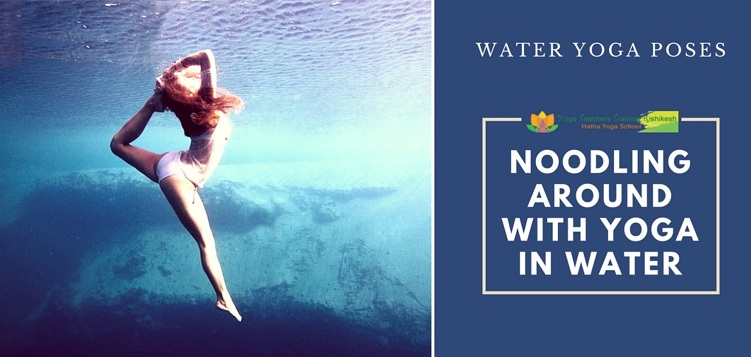While it is very important to follow a busy scheduled hustle and bustle life for earning name, fame and wealth, it is equally important to follow a spiritual, healthy and fitness routine to earn peace and longevity. People who already have yoga in their daily however sometimes tend to skip maybe due to the boring yoga poses or due to the difficulty in holding the poses. But there’s something more exciting to the same ancient art form that can make it a way more enjoyment that would ensure people swear by it than skipping it. It also has the ability to propel those people to start practicing it who had always repelled the idea of it.

The concept of pool yoga has it all within it to help people carry out the art forms in a flexible rhythm they just imagined they could. They can just float from one position to another with ultimate ease and grace instead of sweating and jittering muscles and the physical and mental anguish.
The Result Checklist- Benefits of yoga in water
- It works as an effective treatment for arthritis.
- Water aerobics exercises help to relieve mental stress and anxiety.
- It reduces cramps during pregnancy.
- It improves memory and concentration power.
Moves So Flexible- yoga forms to try in water
These water yoga techniques can be very effective for the normal yoga students as well as can prove the best poses of yoga for swimmers.
Padangusthasana (Big Toe Pose):
This can be started by using one or two foam noodles, or the side of the pool. Standing with a straight spine and one arm extended holding a noodle or the wall to the left or right, the outer leg is bent down and the knee is brought towards the chest. The big toe or outer edge of the foot is grabbed and the leg is straightened as much as possible without losing the stiffness of back. Slowly the leg is taken to the side, keeping both hips forward, and the back straight. The student can then feel the water support his/her balance. When ready, the person can let go of the noodle or wall and stand tall and balances. The process can then be repeated on the other side.
Urdhva Mukha Svanasana (Upward Facing Dog):
This water yoga poses can be carried out by the use of one or two foam noodles. Both the hands are placed on the noodle/s. The student then needs to stand with a straight spine, rolling the shoulders away from the ears. Slowly the noodle/s is pushed away, and simultaneously the back is arched and rolled over to the top of the toes. The core is used to stay in place while holding the noodle/s.
Navasana (Boat Pose):
Two noodles are placed each lengthwise on the left and right side of the body. Each noodle is then grabbed with the hands and pressed down gently into the water. As the noodles go down, the uddiyana bandha or core muscles are engaged, to let the legs float in front of the body. Now the student needs to hold and breathe and feel the water support the legs. The core is used to enable the body to stay.
Who Can Perform Water Yoga?
Generally, everyone who is healthy enough with no chronic disease and wants to lead a calm and peaceful life can perform yoga on water.
How to perform aqua yoga?
One who desires to practice water yoga needs to be prepared for the session. Before performing aqua yoga or starting its seasonal session, one needs to talk to his/her doctor. Then one needs to find out the water yoga classes nearby. A student always needs to start with the basic balancing poses, being a beginner and gradually walk up the stairs of this art.
The feelings before, during and after water yoga
Prior trying yoga on water one would feel a positive gush of enthusiasm and excitement within to perform the art because of its amazing benefits. While trying it one would definitely enjoy an absolutely unique and positive experience and post trying it one would never actually regret but get addicted to it.
